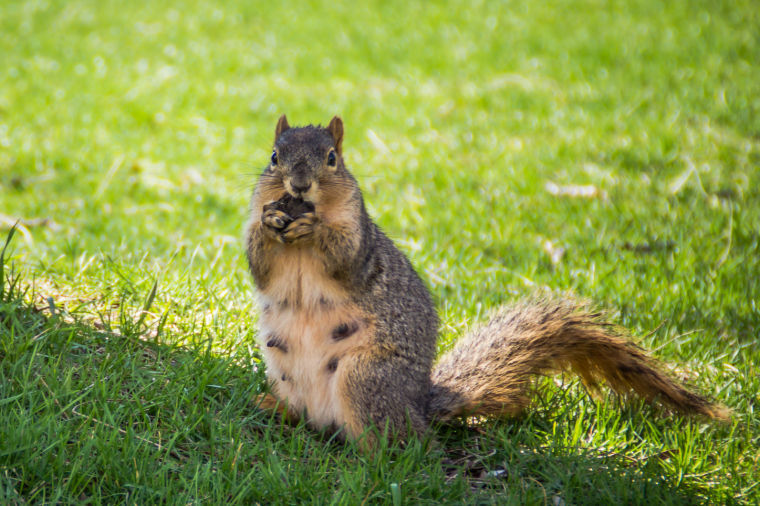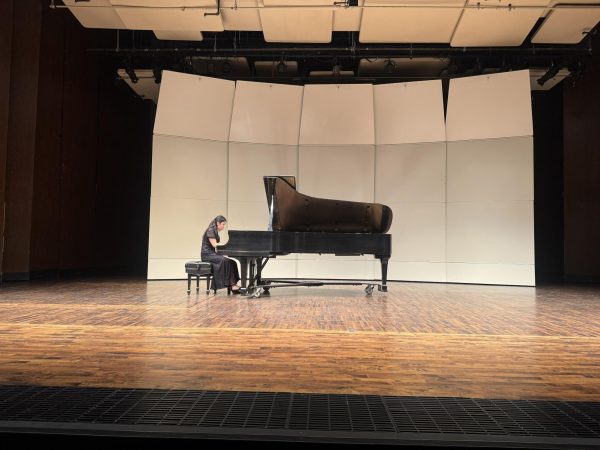Biological Preserves gives students & faculty valuable field experience
Behind Dodge Hall, past the parking lots and endless traffic, is a place of peace where biology and ecology students can study and all students can enjoy the wildlife Oakland University has to offer.
According to the Biological Preserve webpage, OU is home to two preserves: the Western Preserve and the Eastern Preserve that combined cover 110 acres. The preserves host forests, meadows, wetlands and streams.
Students and faculty utilize these preserves for conducting research.
OU senior biology major Chris Powell is currently studying paper wasps found within the reserves.
Powell said he is studying native and invasive wasps that nest in the forest, specifically, their population.
The native wasps can only be found in Michigan, and are brown and black, while the invasive species can come from anywhere and are black and yellow, according to Powell.
After doing fieldwork in the forest, Powell takes his research and statistically models it.
“I try to bring it into a mathematical model,” he said.
Powell said he enjoys bringing research and making it as understandable as possible.
“It’s definitely enjoyable,” he said. “Bring nature into something that’s more of a set concrete model. Maybe something that’s not understandable in nature.”
Dr. Thomas Raffel is an assistant biology professor that uses the preserves for several of his classes. The majority of his current research focuses on the ecology of parasitism in amphibians and has published works in topics such as disease and thermal acclimation.
“It’s been a huge asset to the Biology department,” Raffel said.
Raffel said he believes the preserves are severely undervalued and wants to increase the use of the preserve.
One of the experiments performed was rearing tadpoles in small plastic pools and seeing how leaf litter affects tadpole development, Raffel said.
He said students found “vastly different developmental rates.”
Raffel noted that the leaves of trees such as Elm and Ash are the most nutritious but are also the ones being wiped out.
Close to the tadpole pools are structures that hold trays for feeding birds. Students used these trays to test mimicry theory, a theory that states animals may evolve to avoid bad tasting food.
Students made different colored worms out of dough and lard, each varying in bitterness. Orange and green worms were more bitter and the blue ones sweeter.
“We got nice results from that,” Raffel said.
The birds first started going for the green worms and it took them a week to decide to go for the blue ones, according to Raffel.
Raffel stressed how important and valuable the preserves are.
“It’s fantastic that we have it,” Raffel said.










